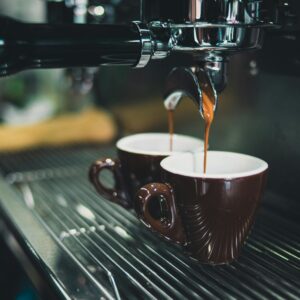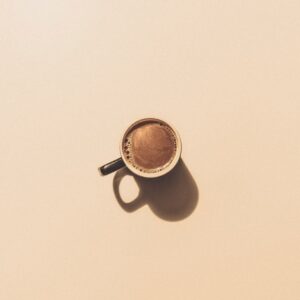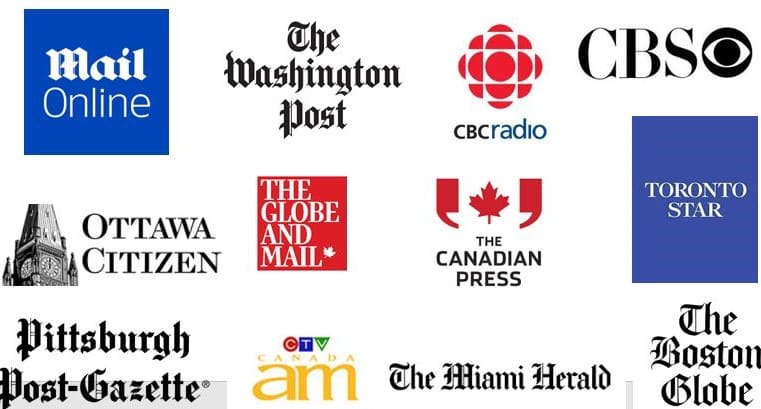 Not many rituals are as comforting as preparing a cup of coffee. For those who cherish this daily indulgence, brewing the perfect cup can be an art form. Whether you’re a devotee of espresso, a fan of the French press, or simply enjoy a classic drip brew, there are numerous factors that contribute to achieving that ideal cup of java. From selecting high-quality beans to adjusting brewing parameters, the journey to coffee perfection is filled with delightful moments.
Not many rituals are as comforting as preparing a cup of coffee. For those who cherish this daily indulgence, brewing the perfect cup can be an art form. Whether you’re a devotee of espresso, a fan of the French press, or simply enjoy a classic drip brew, there are numerous factors that contribute to achieving that ideal cup of java. From selecting high-quality beans to adjusting brewing parameters, the journey to coffee perfection is filled with delightful moments.
Selecting Your Coffee Beans
Choosing the right coffee beans is paramount to crafting the perfect brew. The source of your beans significantly influences the flavor profile of your drink. Specialty coffee shops often feature beans sourced from specific regions renowned for their unique taste attributes. For example, South American coffees can exhibit bright acidity while East African varieties might present fruity notes. It’s also essential to consider the roast level of the coffee. Light roasts typically preserve the inherent flavors of the beans, while dark roasts provide a deeper, more robust flavor. A medium roast strikes a balance between the two, offering a well-rounded cup that highlights the origin’s characteristics. Many enthusiasts find great joy in subscribing to a coffee of the month club, exploring new flavors, and expanding their palate with each delivery. With time, you will fine-tune your method and create the cup that perfectly suits your taste
Grinding Your Coffee
Once you have selected your beans, the next critical step is grinding them to the appropriate consistency for your brewing method. The grind size affects how water extracts flavors from the coffee. For instance, a coarse grind is ideal for brewing methods like French press, where coffee will steep for several minutes, while a fine grind is best suited for espresso, which undergoes a fast extraction. Investing in a high-quality burr grinder can significantly improve your coffee experience. Burr grinders produce a more consistent grind compared to blade grinders, enabling better extraction and, consequently, a more flavorful cup of coffee. Experimenting with grind size can be a fun way to discover which texture best suits your taste preferences.
Water Quality and Temperature
Water is another crucial component in brewing coffee, making up about 98% of the final beverage. High-quality water can elevate your coffee’s taste, while poor water can lead to undesirable flavors. Ideally, use filtered water to avoid chlorine or other impurities that may alter the taste. Temperature also plays a pivotal role in extraction. The ideal water temperature for brewing coffee ranges from 195°F to 205°F. Water that’s too hot can over-extract and lead to bitterness, whereas water that’s too cool won’t extract enough flavor, resulting in a weak brew. Investing in a digital thermometer can help ensure you’re brewing at just the right temperature.
Brewing Methods Explained
Different brewing methods yield varying flavor profiles and experiences. Here are some popular options:
- Drip Coffee Maker: This method is convenient and great for brewing larger quantities of coffee. It usually incorporates a paper filter, which helps to capture oils and fines, resulting in a clean cup.
- French Press: Known for its full-bodied flavor, this method steeps coffee grounds in water, allowing the natural oils to infuse into the brew.
- Pour Over: This manual method requires pouring hot water over coffee grounds in a filter cone. It allows for precise control over the brewing time and extraction.
- Espresso Machine: Used for making concentrated shots of coffee, espresso machines force hot water through finely ground coffee. The result is a rich, bold flavor, perfect for lattes and cappuccinos.
Each method has its advantages and can be tailored to individual preferences, leading to endless possibilities for exploration.
Measuring Coffee and Water
Accurate measurements are essential for achieving consistency in your brew. The general recommendation is to use a ratio of one to two tablespoons of coffee per six ounces of water, though this can be adjusted to suit your taste. Utilizing a scale can help ensure you are brewing with the correct proportions. It’s important to note that factors such as the type of coffee bean and grind size may also influence these measurements. Experimenting with different ratios will allow you to discover what best pleases your palate.
Brewing Time
Time is a key component in coffee brewing. Each method has its ideal steeping or brewing time, which impacts the flavor. For example, a French press usually requires about four minutes of steeping, while drip coffee typically brews in about five to six minutes. Espresso is remarkably fast, with extraction occurring in approximately 25 to 30 seconds. Understanding how time affects flavor extraction is critical, as it can lead to unwanted bitterness or a lack of flavor depth. Keeping a timer handy can help you maintain a consistent brewing routine.
Storing Coffee Beans Properly
To enjoy fresh coffee, proper storage of your beans is essential. Coffee is best stored in an airtight container away from light, heat, and moisture, as these elements can degrade the quality and flavor of the beans. Opt for a cool, dark place like a pantry rather than leaving the coffee on the counter. Avoid refrigerating or freezing your beans unless absolutely necessary. The temperature fluctuations can lead to condensation, resulting in stale coffee. Instead, buy smaller quantities of coffee that you can consume within a few weeks, ensuring maximum freshness for your brews.
Personalize Your Cup
Coffee is a personal indulgence, and everyone has their unique preferences. From the type of milk or cream used to the addition of flavored syrups and spices, personalizing your drink enhances the experience. Exploring alternatives like oat or almond milk can further change the profile of your drink, offering an entirely different taste. Additionally, consider trying various flavor pairings, such as cinnamon or nutmeg for a dash of spice or even chocolate for a rich sweetened coffee. These adjustments not only elevate your cup but can also turn your daily coffee routine into a delightful ritual.
 Enjoying Your Perfect Cup
Enjoying Your Perfect Cup
Brewing the perfect cup of coffee is not just about the ingredients; it’s about the experience. Take time to savor your creation while engaging with the coffee’s aromas and flavors. Whether alone or shared with friends, enjoying your coffee can become a cherished moment in your day. Consider keeping a coffee journal to document your brewing adventures—note your preferences, the beans you used, and any adjustments made to the process. This practice can help refine your brewing skills and guide future coffee explorations.
As you venture into the world of coffee brewing, remember that practice makes perfect. Don’t hesitate to experiment with different techniques, ratios, and flavorings. The coffee landscape is vast, and countless combinations await your discovery. Happy brewing!

